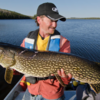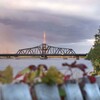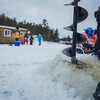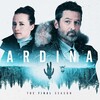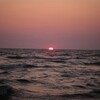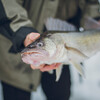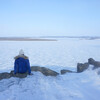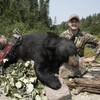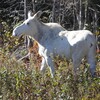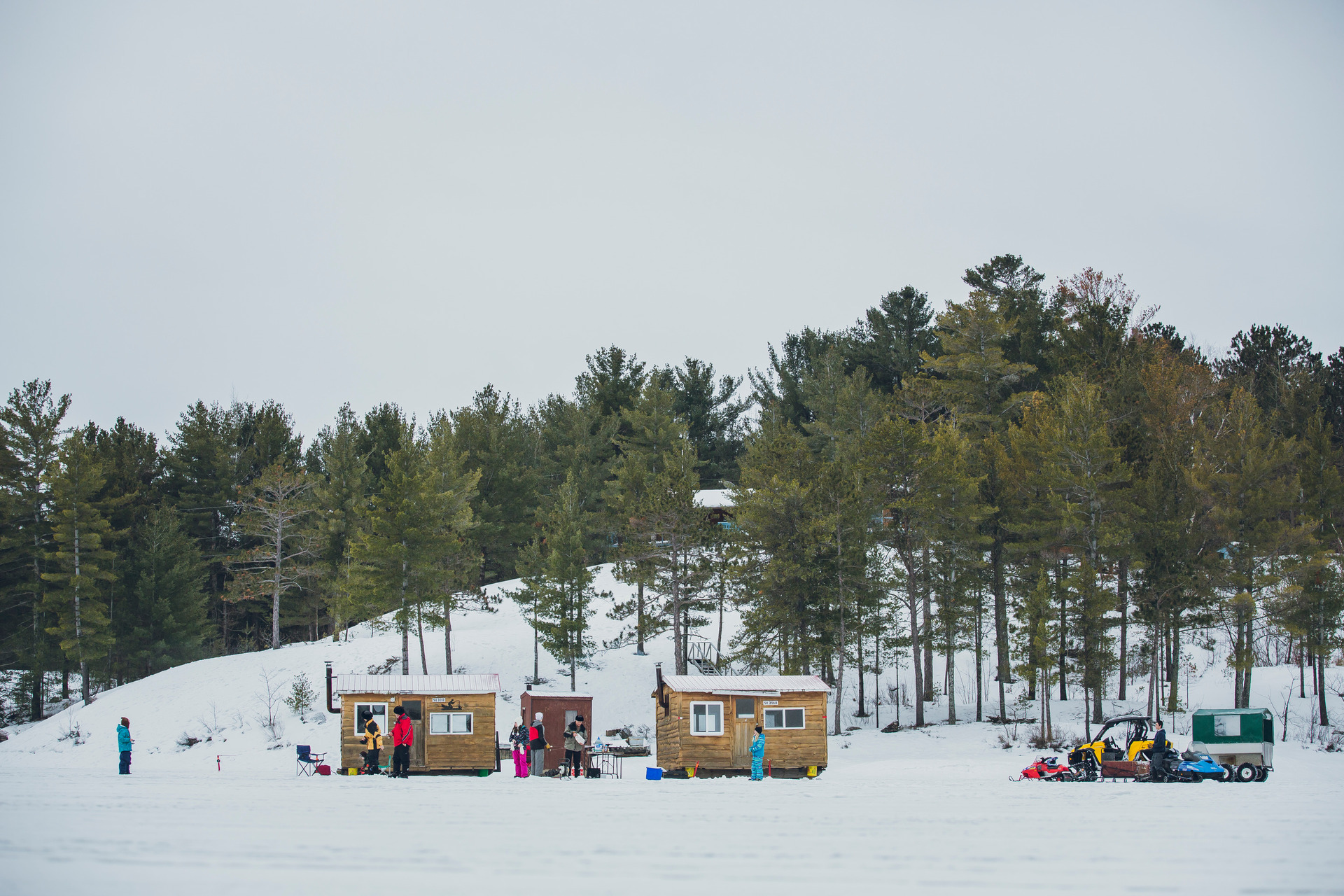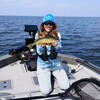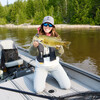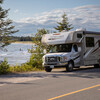
It's All About That Depth
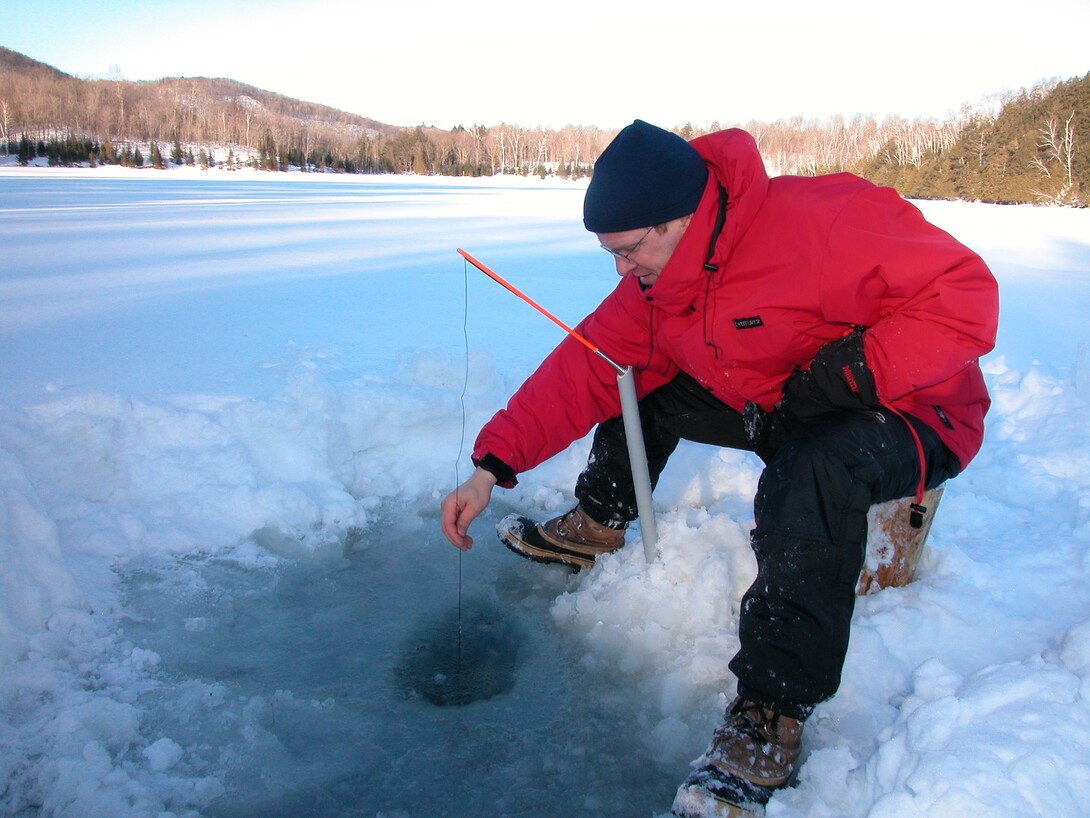
Northeastern Ontario prides itself on having a special connection to its bodies of water and natural resources and wintertime is no exception to this.
An intertwined network of rivers and lakes meander through this region, along with a topography generously dotted with kettle ponds and lakes as far as the eye can see. In these ubiquitous waters lurk gamefish distributed along three distinct water depths:
- Shallow or eutrophic waters
- Mid-depth or mesotrophic waters
- Deep or oligotrophic waters
Here, we’ll take a look at the three water depth categories, what makes them unique, and the types of fish winter anglers can expect to catch in each.
Whether they realize it or not, winter anglers take great consideration into strategies, tackle, and approach for the fish species and waters they target. Unfailingly, the waters they target fall into these three depth categories. All three classifications are well represented in Northeastern Ontario.
Shallow Eutrophic waters
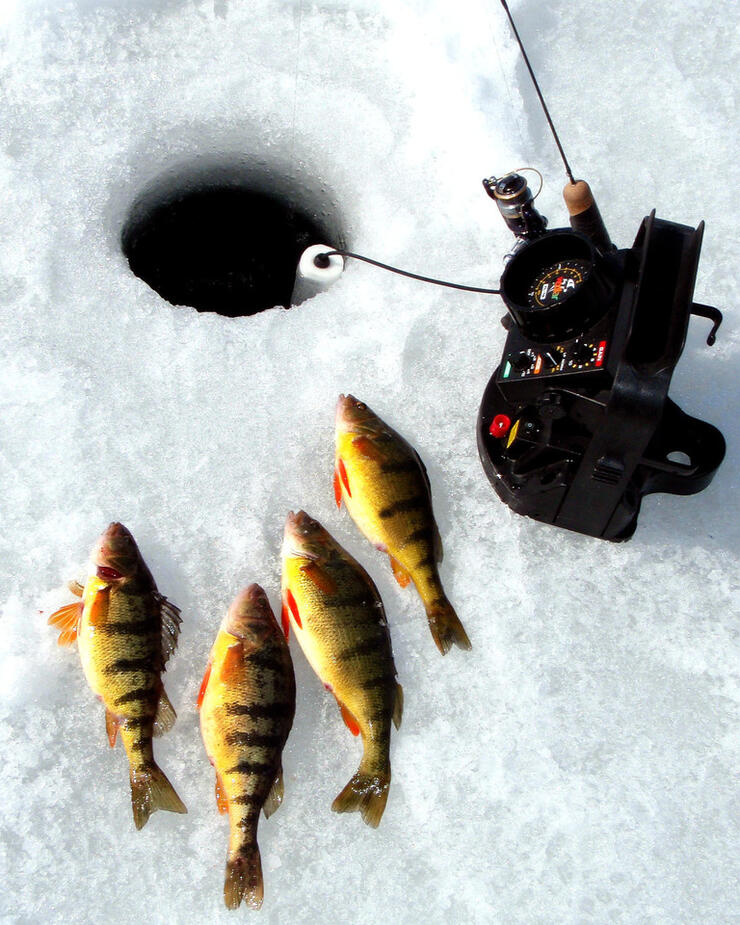
The shallow or eutrophic waters—such as Lake Abitibi or, more to the south, Lake Erie—are categorized by water depths usually less than 10’, with high productivity levels, warmer temperatures, and high levels of aquatic plant growth. These bodies of water in Northeastern Ontario are oftentimes found in the southernmost reaches, but may also be located in the north, and in back bays of larger lakes such as Nipissing and Temagami. These shallower depths are usually plentiful with two easy-to-catch and great tasting species: yellow perch and black crappie.
Don’t let their meagre size fool you—yellow perch are some of the sweetest-tasting fish you will find. In many parts of the Northeast perch are targeted and caught with regularity during winter months. Although somewhat of labour-intensive fish to prepare, you will be rewarded once they hit the table. Perch inhabit many of the nutrient-rich lakes but may also live in large, slowly moving eutrophic rivers.
Another common shallow water fish is the black crappie. Some of the best crappie fishing is had through the ice using live minnows with a small jig. This popular panfish can be found in large numbers on certain waters—a true delicacy that is considered one of the best fish to eat.
Mid-depth Mesotrophic Waters
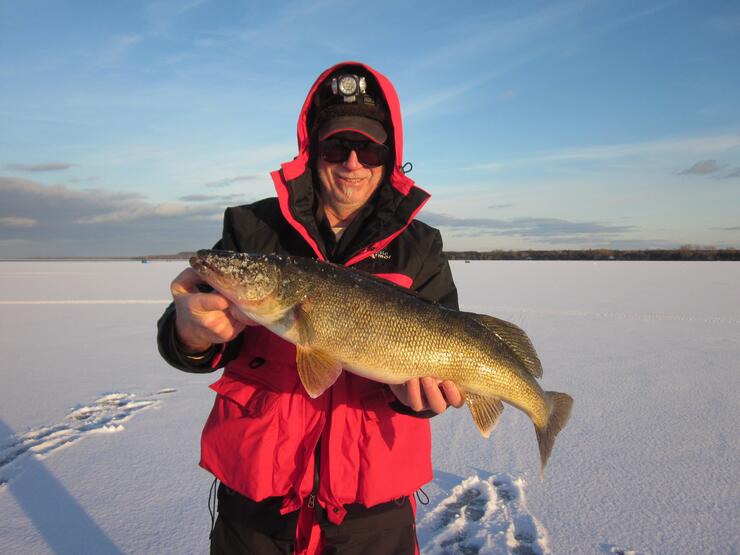
Mid-depth or mesotrophic waters, such as Lake Nipissing, generally fall between 10-20’ on average, and are categorized as moderately nutrient-rich. These lakes tend to be clearer, with good amounts of aquatic plant life.
The most common and eternally popular midwater fish is the walleye, a fish that is nocturnal and by nature, more active in the early morning and late in the day (crepuscular). Though walleye can be found at other depth ranges at different times of the year, they serve as a good example of a midwater winter species.
Walleye are also highly piscivorous, in that they feed almost exclusively on other fish. With their large, distinctive marble eyes, pickerel (as they are lovingly referred to in Ontario) have learned to adapt to low-light conditions to find their prey. These light-sensitive creatures have a distinct advantage over other fish in their ability to live and feed in almost complete darkness.
Fact: An ice angler from Jackson’s Point, Ontario named Mike Wessell made history books by capturing a walleye big enough for the Freshwater Fish Hall of Fame. Wessell’s walleye, caught in 1999, was the largest ever pulled through the ice and weighed a staggering 17 pounds 12 ounces. It held the “World Record Walleye Through the Ice” title for several years.
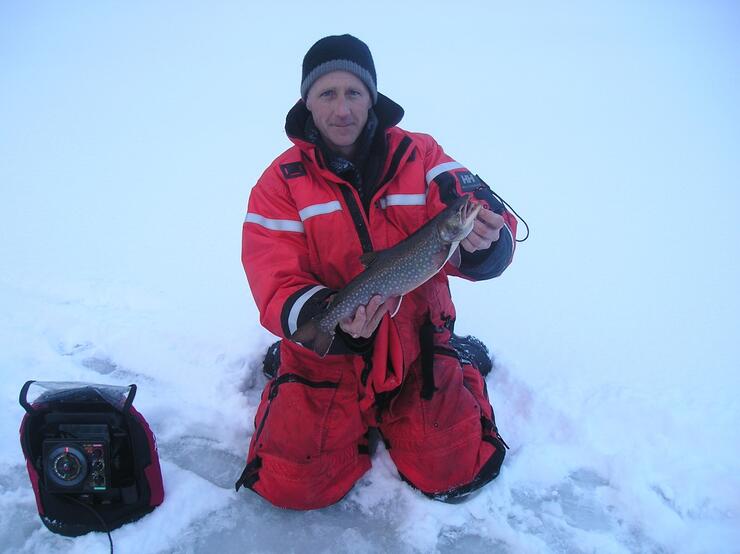
Brook trout, with its brilliant colouration, is another mid-depth fish popular among winter anglers. Pound for pound, the “brookie” is said to be one of the hardest-fighting sport fish in Ontario and can reach a maximum size of five to six pounds, depending on the lake. Northeastern Ontario offers excellent mid-depth brook trout opportunities for both natural and stocked trout.
In pursuit of brook trout? Check out James Smedley’s piece on locating and catching stocked brookies.
Deep Oligotrophic water
Deep-water lakes, such as Greater Sudbury's Lake Wanapitei, are categorized as oligotrophic, generally more than 20” deep, and account for the most common water bodies found in Northeastern Ontario. These lakes are typically deep, steep-sided with lower productivity, and sparse lake vegetation.
Lake trout are the epitome of deep-water fish in the Northeast. Of all the family Salmonidae, “lakers” are the coldest water-dwelling. Because of this cold water environment, they’re also the longes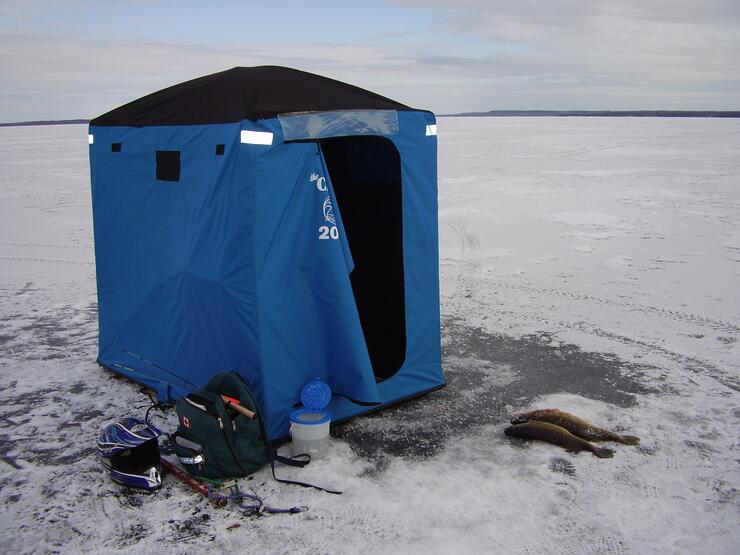
When retaining lake trout for consumption, it's wise to keep only smaller fish as larger specimens may have accumulated toxins in their fat layers. Mercury content found in older fish is of concern to anyone who plans to cook with lake trout, as it will concentrate in the fish’s fat belly meat with levels that increase gradually over time.
Lake whitefish are the second most common deep-water fish and are caught with consistency at several lodges in the region. Sharing similar habitats with lake trout, anglers will often locate whitefish on deeper lake bottoms.

Time to Hit the Ice
Regardless of which of the three depth categories you try this winter, understanding where your target species dwell will provide greater insight into the biology of ice fishing. Northeastern Ontario offers a plethora of winter fishing opportunities, so do yourself a favour and get out there!
------------------
For more information on winter angling in Northeastern Ontario and a list of great lodges that cater to ice anglers visit us at NortheasternOntario.com.
Recommended Articles
The Seven's Best Hikes, Biking Trails and Lakes

7 Best Spots to Check Out in The Seven

Budget Bliss: Explore Northeastern Ontario Without Breaking the Bank

Bring Your Fam!

Time to Unwind: 6 Spa Havens to Discover In The Seven
5 Amazing Places to SUP in Northeastern Ontario

5 Amazing Bike Rides to Discover

Northern Lights in Northeastern Ontario

Northeastern Ontario's Best Pride Festivals

Fish for one of the World's Rarest Species of Trout

An Insider's Guide to Manitoulin Island

6 Small-Town Gems to Explore in Northeastern Ontario

11 Best Things to Do in Kapuskasing, Ontario




